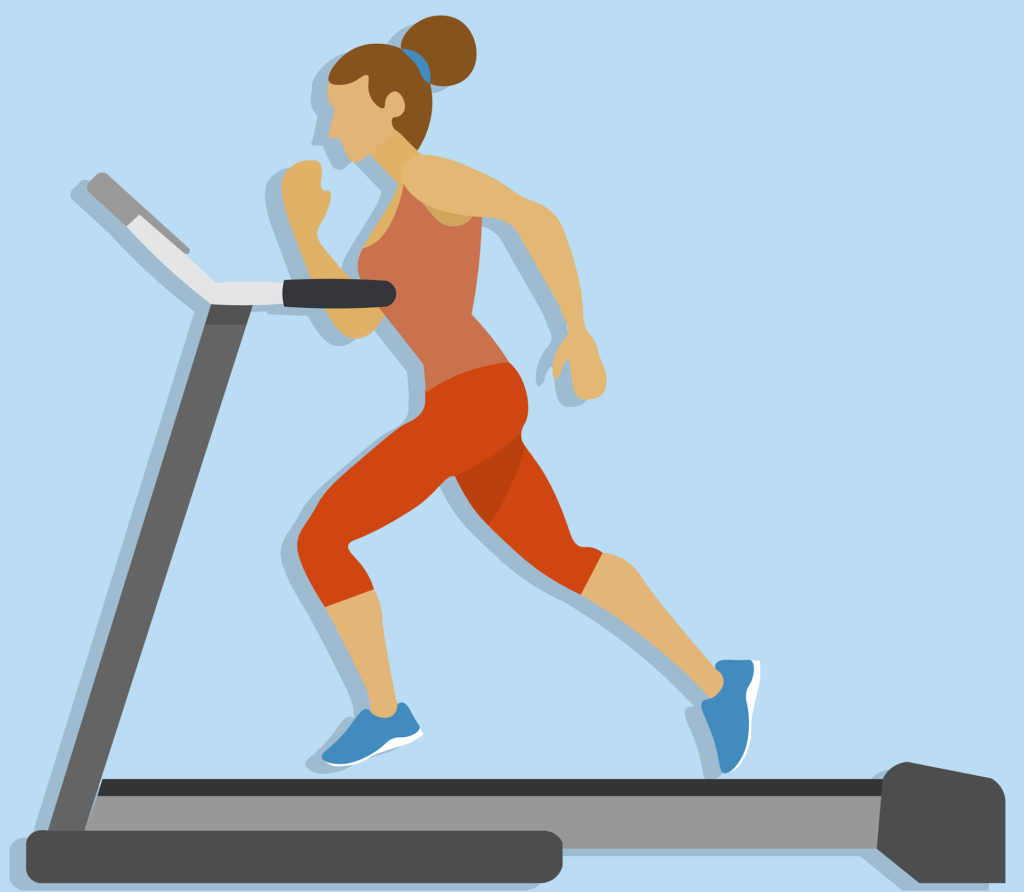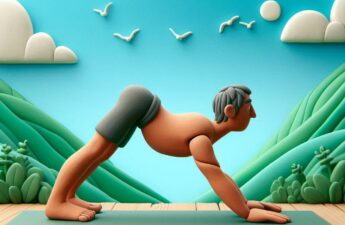
Richard Metcalfe, Ulster University and Niels Vollaard, University of Stirling
When it comes to exercise, if there was a way to get more health benefits by doing less, then it’s likely a lot of people would be interested. This is probably the reason that high-intensity interval training (HIIT) gets a lot of attention. HIIT can improve health and fitness, but with much less time spent exercising. Much less time when compared with much lower intensity aerobic exercise, that is.
As new and exciting as HIIT might seem, it doesn’t challenge the fundamental assumption of sport science that if you do more exercise – regardless of what it is – you will get bigger improvements.
However, our latest research does challenge this assumption. We found that doing fewer high intensity sprints in a training session may actually enhance changes in cardiovascular fitness seen over several weeks of HIIT. And the lowest number of sprints that our study showed to be effective? Just two.
VO₂max – a very important measure
Prescribing exercise is a complicated business. Complicated in part because of the vast array of exercise programmes that are possible, but also because the “optimal” exercise programme is different for different people and depends on which aspect of health a person is looking to improve. For example, the optimal exercise programme to reduce blood pressure in someone who has hypertension may be very different from the optimal exercise programme to lower blood-sugar levels in somebody with type 2 diabetes.
For our study, we looked specifically at changes in cardiovascular fitness (termed “VO₂max”). Improving cardiovascular fitness is one of the most important things we can do for our health. In fact, VO₂max may be a more important marker of long-term health than other risk factors, such as obesity and high blood pressure.
Because exercise is the only way to improve VO₂max, this knowledge places even more emphasis on the importance of performing regular exercise. Public health organisations recommend 30 minutes of moderate exercise on most days of the week.
Although this level of aerobic exercise is enough to improve VO₂max, the current understanding is that if you exercise for longer at the same intensity you reap more benefits. This is known as a “dose response”.
And if you exercise for a similar duration, then exercising at a higher intensity will also lead to greater improvements. So doing more is considered to be better, as long as it’s done with regularity, of course.
When more is less
In our study we looked at a specific type of HIIT, which involves short bursts (20-30 seconds) of all-out (“maximal”) exercise interspersed with periods of low-intensity recovery. This is sometimes referred to as sprint interval training (SIT for short). We were interested in examining the dose response to SIT by looking at whether increasing the number of sprints in a training session would alter improvements in fitness levels (VO₂max) over the course of a training programme.
In our meta-analysis, we combined the data from 34 studies (418 participants in total) which looked at the effects of SIT (with varying numbers of sprints) on changes in VO₂max. Our findings showed that performing just two maximal 20-second sprints was very effective in improving VO₂max (around 10% improvement when three sessions a week are performed over six weeks). But then, for every extra sprint completed, the improvement in fitness is actually reduced by around 5%. This may seem like a small amount, but it quickly adds up. By the time you’ve done seven sprints you’ve already lost 25% of the possible improvement. We do not currently have a biological explanation for this unexpected finding, but we are performing follow up studies to investigate some of the mechanisms involved.
One of the main implications of our finding is that the total time required to complete a HIIT exercise session that can benefit health and fitness can be reduced to as little as ten minutes. The low number of sprints needed may also make this form of HIIT much more tolerable for the general public. Given that few people meet the minimum exercise guideline, developing easier and time-efficient ways to exercise may prove fruitful.
The old adages “no pain, no gain” and “you have to burn it, to earn it” are certainly true; we have to exercise if we want to improve our fitness and reduce our risk of developing chronic disease. However, the amount of exercise you need to do may be less than you think.
Richard Metcalfe, Lecturer in Exercise and Health, Ulster University and Niels Vollaard, Lecturer, University of Stirling
This article is republished from The Conversation under a Creative Commons license. Read the original article.


